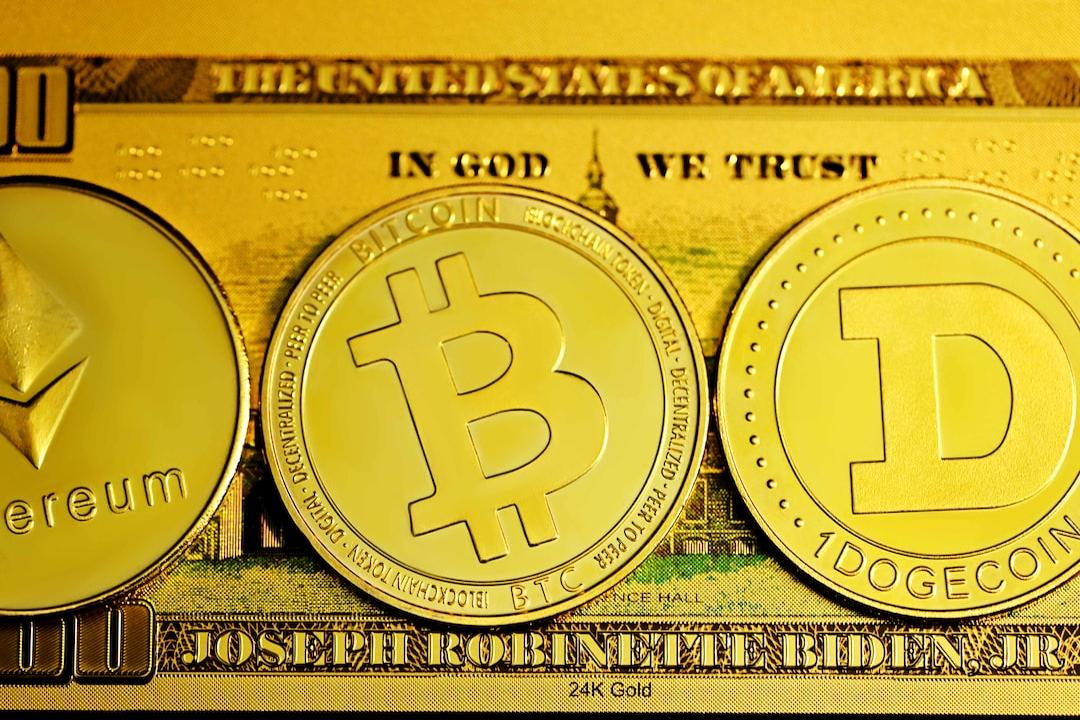Market Cycle Phases, ETH/BTC Exchange Rate, Stablecoin Inflows, and More: The Data Will Tell You the Answers. This article is based on a recent report by cryptocurrency researcher Jake Pahor, which provides a detailed analysis of the current altcoin market from various angles including market cycle phases, Bitcoin dominance, ETH/BTC exchange rate, stablecoin inflows, DeFi TVL, and whether new retail investors are entering the market. Foresight News has compiled and translated the full article.
In the early stages of a bull market, Bitcoin often absorbs most of the liquidity and rises first (Phase 1), leading to an increase in Bitcoin dominance. During this time, most altcoins (not all, of course) usually underperform Bitcoin. In fact, this is a sign of a healthy market.

The higher Bitcoin’s dominance in the market, the more likely we are to see a prolonged altcoin summer. Bitcoin’s dominance has already rebounded and stabilized at 55% (a key resistance level) after briefly falling below the 20-week moving average in January 2024. If it breaks this resistance level, the next resistance level could reach 58-60%.

Eventually, Bitcoin’s dominance will reach its peak in the market cycle and start to decline. As risk appetite increases, capital will shift towards ETH, large-cap coins, and then altcoins. “History doesn’t repeat itself, but it often rhymes.”
Now let’s look at the chart data for the ETH/BTC exchange rate. A similar situation has occurred, but in the opposite direction. Since December 2021, the ETH/BTC exchange rate has been in a long-term downtrend. In January 2024, it briefly experienced a false breakout above the 20-week moving average, leading some to believe that the trend was changing. However, we have since fallen back and retested the resistance level of the 20-week moving average.

If the ETH/BTC exchange rate falls below the previous key resistance level of 0.05, we may see a sharp decline in the exchange rate to even lower levels. However, if the subsequent ETH/BTC exchange rate uses this 0.05 as a new support level, it may indicate that Ethereum is gradually becoming stronger and could mark the beginning of the second phase of the market cycle, potentially coinciding with the approval of a spot Ethereum ETF.
Since 2022, the market capitalization of stablecoins has been in a strong downtrend, consistent with the bearish characteristics of capital flowing out of the crypto space. However, based on the data, it seems that a bottom has been formed in the fourth quarter of 2023:
October 2023: Stablecoin market capitalization = $124 billion
February 2024: Stablecoin market capitalization = $141 billion
A total increase of 14%. Therefore, the bull market is closely related to the inflow of stablecoin funds.

TVL is usually considered a lagging indicator, but it is still useful for checking and understanding overall trends. Since June 2022, DeFi TVL has been fluctuating within a range of $350-650 billion. However, as we enter 2024, it appears that we are breaking out of this range:
October 2023: DeFi TVL = $360 billion
February 2024: DeFi TVL = $860 billion
In just 4 months, DeFi TVL has surged by 239%!

It is certain that new retail investors are not yet entering the market (at least not currently), as my family and “non-crypto” friends have not provided me with any information about cryptocurrencies, and there is no news coverage on the subject. Google search trends for “Bitcoin” and “Crypto” reached their peak in May 2021, which was also after the Bitcoin price reached $64,000. However, currently, the investment interest of new retail investors is still very low, with scores of 19% and 29% for Bitcoin and Crypto, respectively.

However, it can be seen that retail investment interest is recovering and growing. The most direct evidence is that the Coinbase app crashed due to overwhelming demand, and its ranking in the app store is rapidly rising. The current ranking is 165, the lowest ranking in history is 500, and the highest ranking is 1. So when it reaches the number 1 ranking again, we will undoubtedly be at the peak of the bull market.

Overall, I still don’t quite believe that BTC has surpassed $60,000, and we are on the verge of reaching the all-time high. However, with so many catalysts in 2024, it is hard not to be more bullish: continuous inflow of funds into BTC ETFs, approval of spot ETH ETFs, Bitcoin halving, Federal Reserve interest rate cuts, and the U.S. election year. There is no doubt that we are currently in the early stages of a bull market cycle, with funds still primarily flowing into Bitcoin. Next, we will see funds flowing into Ethereum, followed by altcoins. Therefore, now is the time to double down and prepare for the inevitable altcoin season. Whatever you do, do not sell your altcoin portfolio now. Most people just need to hold their positions and remain calm until we reach the peak of the bull market. Profit-taking can be done during the expected period of wild volatility and price increases.

Related Reports
The US Allows People to Buy Bitcoin: Forbes: BTC Becomes a “Hedge Target” to Save the Weak Dollar
Is BitWalk’s “Earn Bitcoin by Walking” Real? App Registration, Coin Transfer Tutorial, What Do Developers Earn?
GBTC Fund Outflows Decline for 3 Consecutive Days! JPMorgan Analyst: Bitcoin’s Decline May Stop

